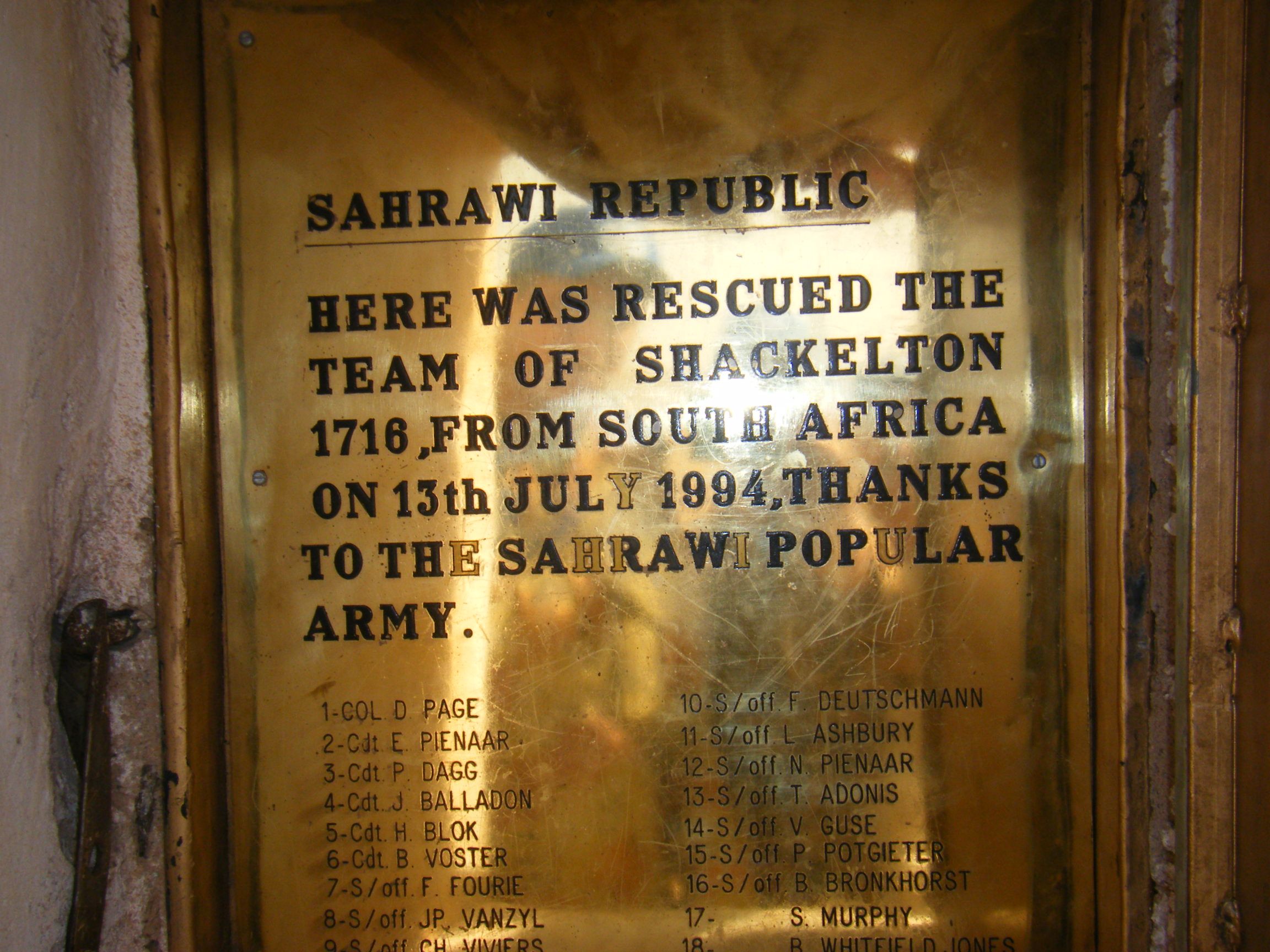The sad story of a SAAF Shackleton
During my mission in western Sahara i visited the crash site of the Shackleton, the story and pictures follows:
SAAF Shackleton 1716, call-sign "Pelican 16" was the first Avro Shackleton built for the South African Air Force and the first to go into service upon its delivery on August 18th, 1957. Eventually joined by seven other aircraft, Pelican 16 formed part of the SAAF's 35 Squadron and for the next 27 years served as part of South Africa's Air Force patrolling the sea lanes around the Cape of Good Hope.
Side-lined by a combination of air frame fatigue and lack of spares due to apartheid-era embargoes on South Africa, Pelican 16 and the balance of the SAAF's Shackleton fleet were placed into storage by 1990.

Restored to flying condition by volunteers in 1994, Pelican 16 was offered to take part in a multi-stop air show tour in the UK and departed South Africa for England on July 12th, 1994, taking in the famous Farnborough Airshow. At the time she was the only airworthy Shackleton MR3 in the world.
Flown by a group of active SAAF pilots, Pelican 16 was operating over the Sahara desert in temperatures exceeding 38 deg C/100 deg F on the night of July 13th when her number 4 engine began to overheat from a coolant leak and had to be shut down. Moments later, a bolt connecting her two contra-rotating propellers in her no 3 engine failed, causing the assembly to overheat and melt and leaving the fuel-laden plane without any functional engines on its right wing.
Left no option but a controlled ditching in the desert below, Pelican 16's pilots successfully belly-landed their aircraft on flat sands where it slid to a stop at this location. Though none of the crew were injured by the landing, all 19 men were miles from any assistance and in the middle of an active war zone. Through the next several days, the crew of Pelican 16 made their way to the safety of friendly forces and returned safely to South Africa.
The wreckage of Pelican 16 still remains where she came to a stop on the night of June 13th, 1994.
Today a few survivors from the crash still believe that she should have been brought home years ago and others are of the opinion that it is significant to let her rest where she came to a halt.
The crew who had to leave Pelican 16 behind:
()

Rest in peace monster
Hi! I am a robot. I just upvoted you! I found similar content that readers might be interested in:
http://aircraftnut.blogspot.com/2013/10/pelican-16-down-sad-story-of-saaf.html